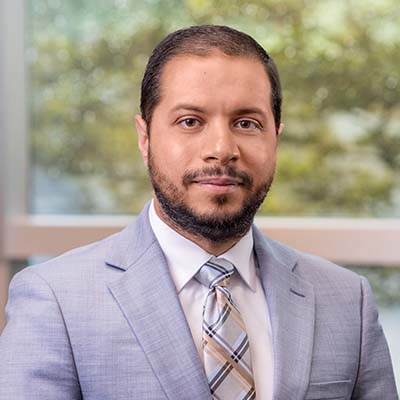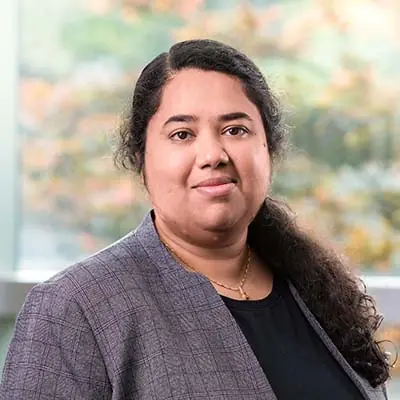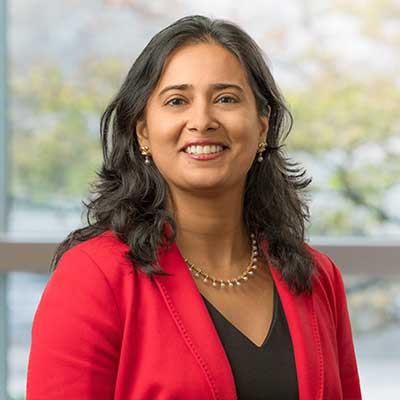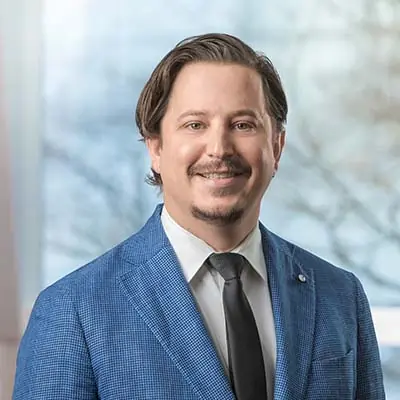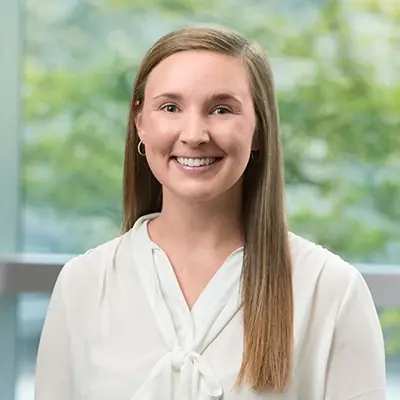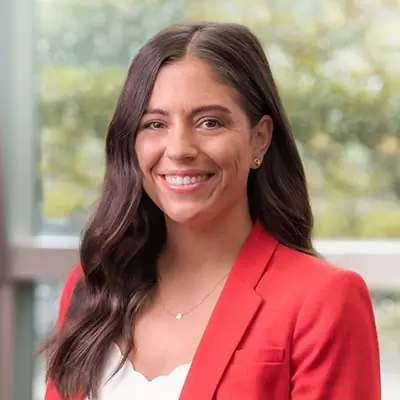Children’s Nebraska brings together the best hearts and minds in pediatric neurology, offering the safest, highest-quality care so children can thrive. Our team comprises specialists with decades of experience offering patient-centered, compassionate care. By working with providers across specialties, our Neurology team can address the full spectrum of care and create personalized care plans for each child.
In the world-class Neurosciences Center at Children’s, our providers offer comprehensive care to treat even the most complex diseases of the brain, spinal cord, nerves and muscles. In addition to hospital-based services in Omaha, Children’s Neurology conducts outreach clinics in Lincoln, Neb. and Sioux City, Iowa. Telehealth appointments are also available.
Make An Appointment (Referral Needed)
Neurology 402-955-5372
Our Specialists
Neurology
What Sets Children’s Apart?
- We operate with a collaborative team approach to care, including highly-skilled neurologists, an expert neurosurgical team, sub-specialized epileptologists and more.
- We use the most advanced diagnostic tools and the latest in minimally invasive technologies so patients can heal faster.
- Our team collaborates with providers across specialties and offers comprehensive multidisciplinary clinics to address the full spectrum of care.
About Children’s Neurology Department
As parents, we want answers and to keep our children safe. That’s why Children’s Nebraska brings together the very best hearts and minds in pediatric neurosciences, offering the safest, highest-quality care so children can heal and thrive. Our skilled neurologists and neurosurgical team combine a diverse group of specialties with extensive experience and compassion, all while using state-of-the-art technology to care for your child.
At our new world-class Neurosciences Center located inside the Children’s Hubbard Center, we provide the most comprehensive, personalized, continuum of care in the region to treat the most complex pediatric neurological conditions. These conditions include diseases of the brain, spinal cord, nerves, and muscles. In addition to hospital-based services in Omaha, Children’s neurosciences team also conducts outreach clinics in Lincoln, Nebraska and Sioux City, Iowa. Our world-class continuum of care is designed to promote healing, regardless of where a patient is located.
We are more than a hospital. Through healing, education, research, and in-house clinical trials, we extend care and hope to the most vulnerable – our children. Together, in this safe and welcoming atmosphere, we’re shaping the future of pediatric neurosciences so more children and families can live their best lives.
What Sets the Children’s Neurology Department Apart?
- We operate with a collaborative team approach to care, including highly-skilled neurologists, an expert neurosurgical team, sub-specialized epileptologists and more.
- We use the most advanced diagnostic tools and the latest in minimally invasive technologies so patients can heal faster.
- Our team collaborates with providers across specialties and offers comprehensive multidisciplinary clinics to address the full spectrum of care.
Comprehensive Epilepsy and Seizure Care
Children’s is at the forefront of pediatric epilepsy and seizure care with state-of-the-art imaging and diagnostic technologies, the latest in minimally invasive procedures, sub-specialized epileptologists, and designated as a level 4 epilepsy center by the National Association of Epilepsy Centers (NAEC), the highest level of designation available. Our team provides routine care for children with epilepsy and seizures and has the expertise and advanced diagnostic equipment needed to provide the best care to children with uncontrolled seizures.
Drug Resistant Epilepsy (DRE) Clinic
Additional evaluation and care are provided to patients with DRE or whose seizures do not successfully respond to anti-seizure medication therapy.
Epilepsy Monitoring Unit (EMU)
Children’s state-of-the-art EMU provides comprehensive care to patients needing long-term video stereo EEG/sEEG (electroencephalography). The EMU offers a comfortable environment while our providers observe patients and computer-based data is collected. After a patient’s stay in the EMU, our providers can better understand and diagnose the child’s condition.
Fast Access Neurology (FAN) and New Onset Seizure (NOS) Clinic
Children’s provides FAN appointments within 30 days for urgent neurology patient referrals, including hospital follow-up
Functional Neurological Disorder (FND) Clinic
This team provides short-term outpatient programs for children, including diagnostics and treatment plans.
Keto Clinic
Strict ketogenic diets are medically supervised for some infants and children with epilepsy and involve high fat and very low carbohydrate diets to produce ketones.
Psychogenic Non-Epileptic Events (PNEE) Clinic
Our Neurology and Psychology specialists work together to provide hospital follow-up and comprehensive care for patients diagnosed with PNEE. These non-epileptic events may be diagnosed by a Children’s epileptologist with an in-house EEG monitoring unit and a psychological evaluation.
Learn more about the Epilepsy Center.
Multidisciplinary Clinics:
-
Charcot-Marie-Tooth (CMT) Clinic
This team cares for children with CMT and the group of genetic conditions that affect peripheral nerves. -
Complex Care Clinic
This team provides initial evaluation, ongoing care and medical case management, including coordination of routine medical testing and consultations with appropriate sub-specialists for children with complex conditions. -
Headache Clinic
This clinic, in collaboration with Children’s Adolescent Medicine, seeks accurate diagnoses of chronic pain for new onset headaches, classic migraines, chronic daily headaches, hypertension headaches and cerebral palsy headaches. -
Neurofibromatosis Clinic
This skilled team of pediatric providers and specialists, including a social worker and case manager, work together to manage this complex genetic disorder. -
Neuromuscular Clinic
Pediatric patients with neuromuscular disease are seen by a team of pediatric specialists and supported with comprehensive evaluation and treatment. -
Neuro-oncology Clinic
This clinic brings specialized providers and case management services together in a single location to treat patients who have been diagnosed with a spinal or brain tumor.
Conditions We Treat
-
Acute Disseminated Encephalomyelitis
Acute disseminated encephalomyelitis (ADE) is a condition with widespread, but brief, brain and spinal cord inflammation, which damages myelin (the protective covering made up of nerve fibers). ADE is often caused by bacterial or viral infections, like the flu, measles, mumps, or rubella. -
Acute Flaccid Myelitis
Acute flaccid myelitis (AFM) is a rare, but serious, neurological condition that leads to weakened muscles and reflexes. In some cases, it can lead to permanent paralysis. -
Ataxia
Ataxia is a degenerative (deteriorates over time) nervous system disease that involves damage to the part of the brain called the cerebellum, which is in charge of coordinating movement. Children with ataxia may have trouble walking, speaking, moving their eyes, or using their hands and fingers. -
Brain Tumors
A brain tumor is an abnormal mass of tissue. In a brain tumor, cells grow and divide uncontrollably, and they seem to be unaffected by typical processes that stop cells from dividing. There are more than 150 known kinds of brain tumors. -
Cerebral Palsy
Cerebral palsy (CP) — the most common motor disability in children — is a group of disorders that impacts a child’s ability to move, maintain posture, and keep their balance. CP is caused by abnormal development or damage to the brain while it is developing. -
Concussion
A concussion is a kind of traumatic brain injury (TBI) that occurs after a jolt, bump, or blow to the head. It can also be caused by a hit to the body that causes the head and brain to be shaken back and forth suddenly. The sudden movement from a concussion causes chemical changes in the brain, and it can even stretch and damage brain cells. -
Developmental Delays
Developmental delays are when children don’t meet milestones for their age, such as when they speak, move, act, play, or learn. This may signal impairment in physical, learning, language, or behavioral development. -
Early Epileptic Encephalopathy
Early epileptic encephalopathy is a seizure disorder where an infant, usually starting under the age of one, experiences seizures. The type of seizure may vary, but they usually involve bending at the waist and neck while extending the arms and legs. These seizures typically end by age 5, but many children will go on to develop other kinds of seizures throughout their lives. -
Epilepsy And Seizure Disorders
Epilepsy is a general term used for brain disorders that cause seizures (a brief change in normal brain activity). It is one of the most common conditions that impact the brain. -
Headaches, Including Migraines And Idiopathic Intracranial Hypertension (IIH)
There are many types of headaches, which are characterized by pain in a child’s head, upper neck, or face. Headaches include migraines, which are intense pounding or pulsing headaches that may last for hours or days, and idiopathic intracranial hypertension (IIH), which is when excess fluid around the spinal cord and brain (called cerebrospinal fluid) builds up in the skull. -
Infantile Spasms/West Syndrome
Infantile spasms are a type of seizure seen in West Syndrome, a rare condition characterized by abnormal brain wave patterns, intellectual disability, and infantile spasms. Spasms can be as minor as mild twitching and as severe as violent movements where the whole body bends in half. -
Multiple Sclerosis
Multiple sclerosis (MS) is a disease that affects the spinal cord and brain, which control everyday actions from thinking to speaking to moving around. The exact cause of MS is not known, and symptoms vary widely from child to child. -
Neurofibromatosis
Neurofibromatosis is a genetic disorder that affects the nervous system (the brain, spinal cord, and nerves that branch off from them), specifically how nerve cells form and grow. Tumors from neurofibromatosis are usually benign (or non-cancerous), but they may also become cancerous. -
Neuro-Metabolic Disorders, Such As Mitochondrial Diseases
Neurometabolic disorders are a group of conditions characterized by problems with metabolism (processes in the body that use or convert energy) and brain function.Mitochondrial diseases are when the mitochondria (tiny structures that make energy in cells) don’t work properly. This can lead to a wide range of symptoms, depending on how many and which mitochondria are affected.
-
Neuromuscular Diseases, Including Muscular Dystrophy
Neuromuscular diseases cause problems with muscles, nerves that control muscles, and communication between muscles and nerves. These disorders can cause symptoms like twitching, spasms, and pain. Over time, they can cause the muscles to weaken and waste away.Muscular dystrophy (MD) is a group of more than 30 neuromuscular diseases that cause muscle weakness or muscle loss. Some kinds of MD can show up in infancy or childhood.
-
Neurovascular Syndromes, Such As Sturge-Weber
Neurovascular syndromes take place within the blood vessels, which carry oxygen and nutrients throughout the body, including to the brain. They can significantly impact a child’s brain development and growth.Sturge-Weber is a rare condition that is often associated with a facial birthmark (called a port-wine birthmark). Sturge-Weber is characterized by abnormally functioning blood vessels in the brain and eye abnormalities, such as glaucoma.
-
Optic Neuritis
Optic neuritis is when the eye’s optic nerve (a nerve at the back of the eye that connects to the brain) swells. This is most likely a result of a viral infection, such as measles, mumps, or the flu, and it can lead to blurry vision or pain in the back of the eye. -
Psychogenic Non-Epileptic Seizures
Psychogenic non-epileptic seizures (PNES) are episodes that look like epileptic seizures, but don’t have the brain activity that characterizes one. Instead, they may be connected to emotional stress or trauma. -
Spasticity
Spasticity is caused by damage or disruption to the part of the brain and spinal cord that control muscle and stretching reflexes. It is characterized by muscle tightening or stiffening, which prohibits normal movement. These muscles become difficult to stretch and stay tightened, impacting the ability to speak and move around. -
Spinal Cord Disorders
Spinal cord disorders impact the spinal cord, which is a bundle of nerves that goes down the center of the back. Its job is to communicate between the body and the brain. Spinal cord disorders include spinal cord injury, tumors, and infections (like meningitis and polio). -
Spinal Muscular Atrophy And Spina Bifida
Spinal muscular atrophy is a genetic disorder that causes weakness and wasting of the muscles used in movements (called skeletal muscles). Weakness tends to be worse in muscles that are near the center of the body.Spina bifida is a neural tube defect that affects the spine. With spina bifida, one of the neural tubes along the spine doesn’t close properly, which can lead to damage to the spinal cord and its nerves.
-
Stroke, Pediatric
Stroke can occur in toddlers, children, and teens. Risk factors for pediatric stroke include congenital heart disease, head trauma, sickle cell disease, and infections that affect the brain, like meningitis. -
Tics And Other Movement Disorders
Tics are sudden movements, twitches, or sounds that children do repeatedly that are not under their control. Movement disorders, which may involve tics, include Tourette syndrome, persistent motor or vocal tic disorder, and provisional tic disorder. -
Tuberous Sclerosis
Tuberous sclerosis is a condition in which many benign (noncancerous) tumors grow throughout the body, including the brain, kidneys, heart, and skin. This can lead to health problems and developmental concerns.
Patient Spotlight

Jonathan
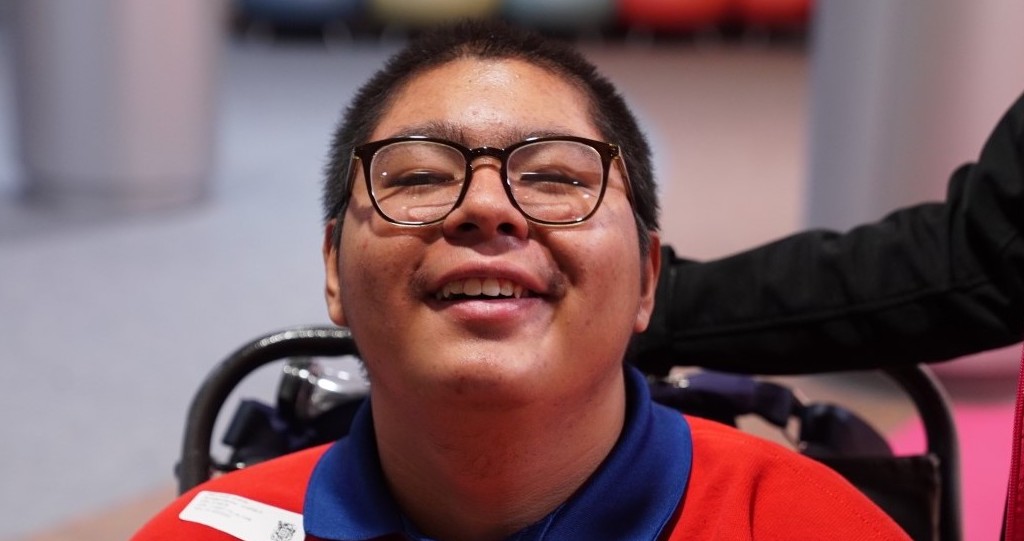 Epileptic seizures had become a near-constant state for 15-year-old Jonathan. After years of battling Rasmussen’s Encephalitis, a first-of-its-kind surgery in the state of Nebraska not only stopped the seizures but has given life back to Jonathan. Read More
Epileptic seizures had become a near-constant state for 15-year-old Jonathan. After years of battling Rasmussen’s Encephalitis, a first-of-its-kind surgery in the state of Nebraska not only stopped the seizures but has given life back to Jonathan. Read More
What To Do Next
For Patients
Your child will need a referral to see a neurologist. Once the referral has been submitted, call 402-955-5372 to make an appointment.
For Referring Providers
The Physicians’ Priority Line is your 24-hour link to pediatric specialists at Children’s for emergency and urgent consults, physician-to-physician consults, admissions, and transport services. Call 855-850-KIDS (5437).
Learn more about referring patients.

